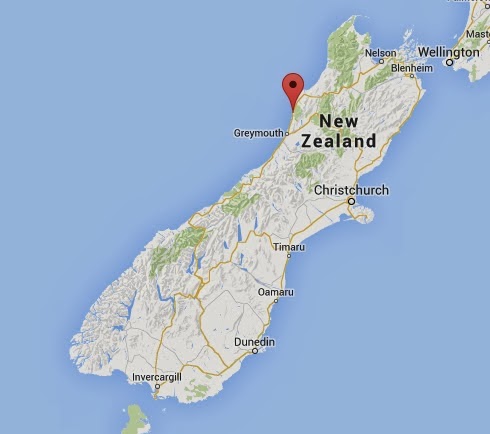Carol and Roger were in Christchurch three years to the day after their most devastating earthquakes…yes, quakes plural.
The poster child of the earthquake is the Christchurch cathedral. It was largely destroyed by the first quake…which hit at about 4:30 in the morning, when almost everybody was home in bed.
The second quake hit three months later in the middle of the day, when parents were at work and children at school. Because families were separated; it caused more panic than the first and left much of the central business district in shambles…including both Starbucks in town.
Although there was some loss of lives in the second quake, the Kiwis of Christchurch found innovative ways to bounce back.
 |
| Carol performing at Pallet Pavilion |
As soon as they could clear the rubble away, they started building temporary structures to make the CBD viable again. Where a large luxury hotel once stood, they built what they call Pallet Pavilion, a concert/meeting venue make entirely out of used wooden pallets and plastic milk cartons and painted bright blue. The space also hosts food trucks, tables, and chairs, so folks go there at lunch time and for family outings and picnics
What was once the main shopping district has been turned into a pedestrian mall with dozens of shops…all refurbished shipping containers. Cool!
These containers housed more than just small shops. Even the biggest banks in the country found ways to squeeze full service branches into a container or two.
There is even an incubator for engineering and fashion design that is a multi floor “building” made entirely of containers, and located in the heart of the CBD.
They have even built a temporary cathedral to stand in for the one being repaired…made largely out of cardboard. We couldn’t get inside to photograph it, but the inside is definitely cardboard tubes, thousands of them, creating a peaked ceiling. It is actually nicknamed “The Cardboard Cathedral.”
The politics of what should be restored and rebuilt versus what should be razed and replaced has been fierce. So far 365 historic sites in and near Christchurch are gone, demolished, some that critics say could have been repaired. There has been a nasty battle between citizens one one side and the government and church officials on the other, regarding the Christchurch Cathedral. Engineering firms are firmly on the side of repairing the structure.
We were let in on some of the politics behind this issue by Ron Meltzer’s cousin, Helene Moutner. She is involved in local politics, as an elected official. She is also a conservationist. As a member of the Labor Party, she believes in public input and listening to what the people have to say. She is also a delightful hostess and really nice person. If you know Ron, you know her. If you know Ron’s sister Lois, you also know Helene. All three have a similar sense of humor and look like siblings. It was very comfortable sharing her home and city with her for several days.
Reconstruction is proceeding at a frantic pace. There are dozens of construction cranes on the skyline. Ten thousand people left the city after the second earthquake…either because they lost homes and businesses or were freaked out by the constant rumbling of the earth (there were thousands of aftershocks).
However, the flood of construction workers into town has grown the population to more than what it was before disaster struck.
Captain Cook…the first European to set eyes on New Zealand…would be proud of the spirit of those who followed him.











































